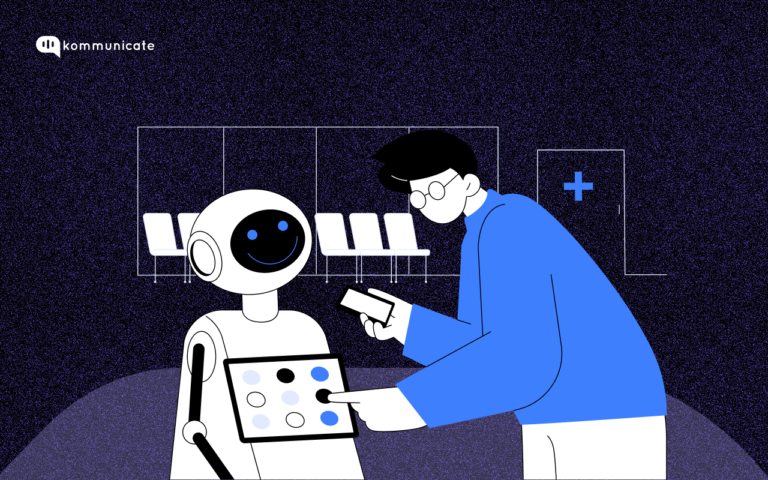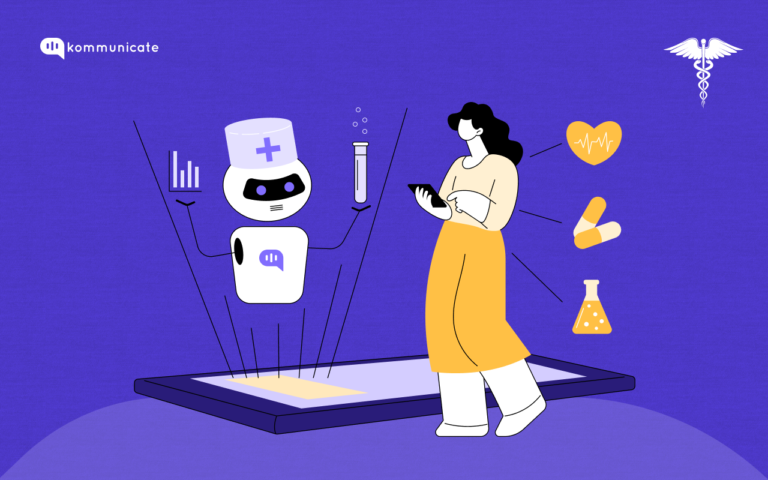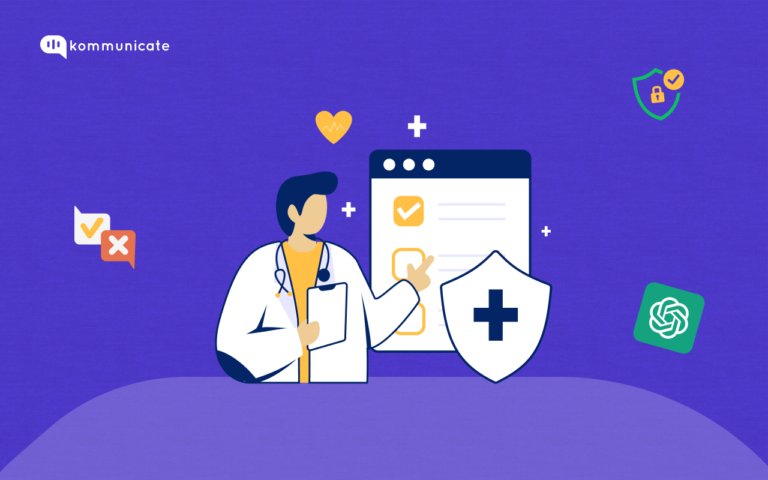Updated on May 24, 2024
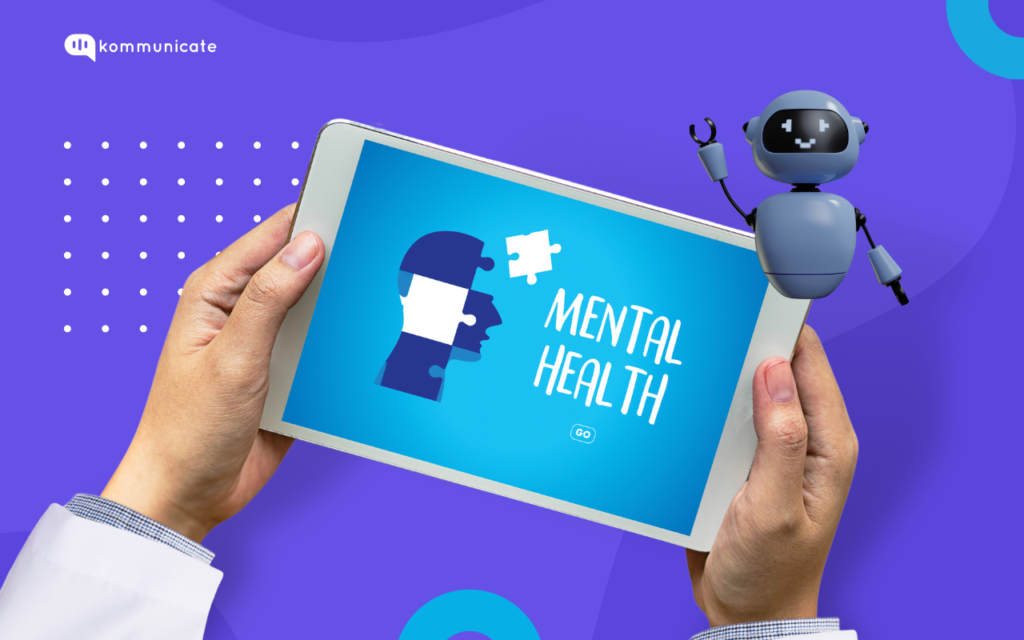
Access to mental health services and treatment remains an issue in all countries and cultures across the globe. Worldwide, depression is the leading cause of years lived with disability and the fourth leading cause of disability-adjusted life years (Source). Overall, the economic value associated with this burden is estimated to be upwards of 5 Trillion dollars.
In the US alone, 1 out of 5 people suffer from some sort of mental illness every year (Source). As per this report, 19.86% of adults are experiencing a mental illness which is equivalent to nearly 50 million Americans. 4.91% are experiencing a severe mental illness. The state prevalence of adult mental illness ranges from 16.37% in New Jersey to 26.86% in Utah.
There is a global shortage of mental health workers with demand surpassing the service provisions and this shortage is even more alarming for low-income countries. While not classified as a pandemic, mental health issues affect a significant portion of the population.
So, how can this issue be addressed? Can technologies like AI, which have made breakthroughs in solving numerous longstanding problems, offer solutions here as well?
The answer to this question is a big Yes!
Multiple research reports have shown that chatbots have proven to be effective in handling multiple mental health-related issues such as suicide, anxiety, stress, and loneliness. Chatbots have especially proven very very effective in providing treatment for those who are uncomfortable disclosing their feelings to a human being.
In this article, we will explore how chatbots can be highly effective in addressing various mental health issues along with some live chatbot examples.
Before diving in, explore the evolution of Generative AI in customer service in our earlier posts for more insights
- How AI is transforming customer service in healthcare
- An Essential Guide to HIPAA-Compliant Healthcare Chatbots
- Ethical Considerations Of Using Conversational AI In Healthcare
What are mental health chatbots?
Mental chatbots, also known as mental health chatbots or therapy chatbots, are AI-powered conversational agents that are designed with a special application in mind – to converse with a person suffering from mental illness as if talking to a friend.
Here’s a quick example of an interaction between a chatbot and a patient (Source)
The objective of a mental health chatbot here is to help patients understand their own mental states as much as possible. As noted above, individuals with mental health concerns often find it more comfortable to confide in a chatbot than in humans, largely due to the fear of being misunderstood or judged. This phenomenon creates significant opportunities for mental health chatbots to become a mainstream solution in this field.
While a lot more discussions around such chatbots are happening now, it’s important to note that these solutions are not new, as we will see now.

ELIZA – The first chatbot, was also a counsellor?
In the mid-60’s, a brilliant computer scientist by the name of Joseph Wiezenbaum developed a “natural language processor computer program,” called ELIZA. Many call ELIZA as the first chatbot to see the light of the day, but did you know that ELIZA was also a therapy chatbot?
ELIZA was a pattern-matching program, and its language capability largely came from pre-wrtten scripts. One such script was the DOCTOR script, which the creator made to mimic the “responses of a non-directional psychotherapist.”
What Mr. Wiezenbaum could not foresee was how addictive the program was when people were conversing with the chatbot as though it was a real human being. Psychologists who used to program came to largely believe that the program would be helpful for patients with psychological issues.
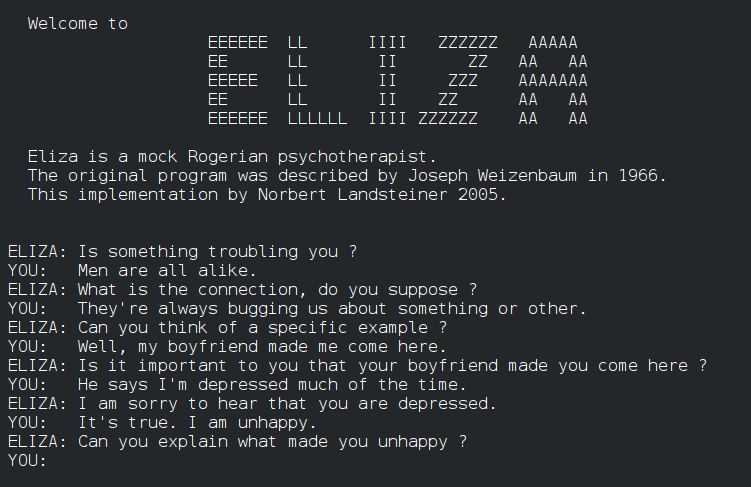
Chatbots just kept getting smarter after ELIZA, and more and more developments came into the field to aid mental health workers, especially features like Natural Language Processing and Natural Language Understanding (NLU).
So how exactly do chatbots help those who deal with their inner demons. Let’s quickly take a look at some of the problem areas which mental health chatbots can tackle.
Areas mental health chatbots can help with
Mental health chatbots can converse with patients as though they are their friends, gaining valuable insight on patient behavior. This information can then be used to:
1. Suicide prevention:
The alarmingly large number of suicides in the U.S are directly correlated to mental health issues.A whopping 46% of all the people who committed suicide in the U.S had a diagnosed mental health issue.
Chatbots can step in here. While a person who is in depression may be hesistant to contact another real-life person to speak, they may open up to a chatbot. Chatbots provide an impersonal way for a person in depression to let out all their frustration, and can be trained to speak just like a counsellor.
2. Better Therapeutic experience:
Mental health patients generally have to deal with a lot of negative emotions, which can be overwhelming. Even skilled counsellors may not be able to deal with such situations, since there are limitations to what a human can do.
But you can train a chatbot can to deal with situations exactly like these. Chatbots, with advancements in AI such as Natural Language understanding, and with training from experienced clinical psychologists, are a powerful medium. You can use these chatbots to change the thought patterns of patients from negative to a more positive one.
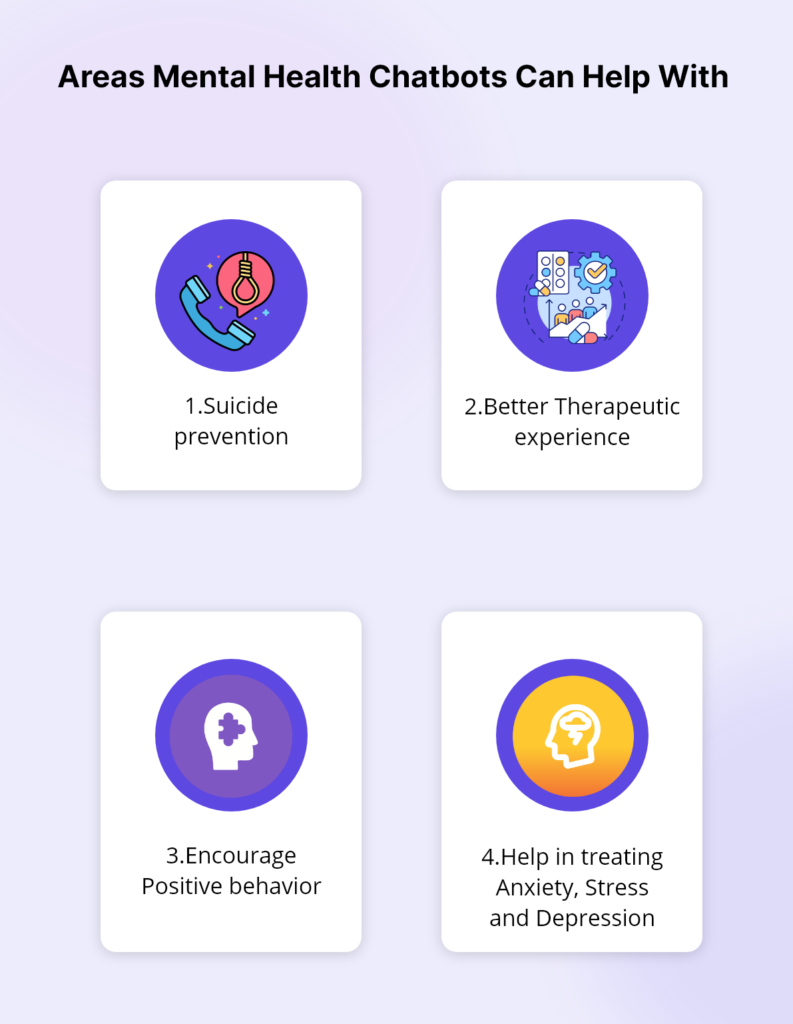
3. Encourage Positive behavior:
A dangerous pattern seen in most mental health patients is that they fall into a negative feedback loop, choosing one negative habit over another. Some may get addicted to drugs, others may be prone to harming themselves, and, in extreme cases, thinking that the world is out to get them. You can break this negative feedback loop with the help of chatbots.
Chatbots can ensure the emotional wellbeing of patients, and, at the same time, ensure that there is a reinforcement of positive habits.’
While chatting with patients, chatbots can leave them small cues, and you can even be program them to give patients complements for completing a positive task. This positive feedback loop can mean a world of difference for someone dealing with a mental disorder.

4. Help in treating Anxiety, Stress and Depression
Remember that NAMI report that we keep referring to? Well, according to that report, the world loses $1 trillion in productivity due to mental health disorders. When we speak of mental health, we are not only talking about serious disorders such as psychosis or schizophrenia.
Stress and Depression are also forms of mental illness, and it is in these fields that a chatbot can be invaluable. Chatbots can act as a trusty friend which the patients can turn to, since you can train them using NLU. When a patient feels they can confide in a chatbot, he or she will see it as a source of stress relief.
Chatbots can thus act as invaluable assistants to practicing psychiatrists, and are also available to the patients 24 * 7. This makes chatbots a vital addition to the hospital’s arsenal.
Now that we have seen the areas a mental health chatbot can aid us in, let us see how a mental health chatbot actually works.
How does a Mental Health chatbot work?
Natural Language Processing and Artificial Intelligence are foundations on which modern chatbots are built. NLP helps simulate conversations between a user and a chatbot, where the user gets a feeling that they are talking to a therapist.
When a patient interacts with a chatbot, initially, they share all their feelings and experiences, as if talking to a friend. The chatbot uses NLP to study this response, analyzing it so that it can provide a personalized response.
After it has crafted a response, the chatbot then provides this information to the user. This can be in the form of a self-care technique or a coping methodology. In advanced cases, the chatbot may even refer the patient to a mental health professional.
You can also program a mental health chatbot so that it can monitor a user’s behavior over time. Based on subtle changes in a user’s tone of response, the chatbot can provide valuable insights to the doctors who are treating these patients.
Cognitive behavioral therapy (CBT) is another technique that chatbots use to break the cycle of negative thought patterns.
A mental health chatbot can thus act as a powerful assistant to a trained psychologist. At the moment, chatbots cannot fully replace a mental health professional. But they can act as a powerful aid to help patients who prefer the anonymity of a digital medium.

Things to consider when implementing a mental health chatbot
1. Accuracy and reliability:
When implementing a mental health chatbot, one must make sure that the responses that the chatbot gives are accurate. These responses must be grounded in reality and evidence- based. One way to ensure this is to make sure to train the chatbot only through reliable sources.
2. Ethical considerations
APA’s Ethical Principals for Psychologist and Code of Conduct should be your guiding light when you are designing a chatbot. The highest importance should be given to ensure that the end user’s privacy is maintained. This is because mental health is a delicate subject, and the end users are divulging some of their best kept secrets with your chatbot.
3. Accessibility and User Experience
When designing mental health chatbots, you must ensure that even those with difficulty in typing out their queries are able to access it. Language should not be a barrier when it comes to interacting with your bot, which is one of the reasons why we here at Kommunicate came up with Multilingual bots.
User Experience is another important aspect to consider while building a mental health chatbot. The end user should feel that they are talking to a trustworthy friend or a senior counsellor when interacting with your bot.
4. Clearly defined Scope
When designing chatbots, companies often fall into the trap of “catering for every kind of patient.” But this is a dangerous trap to fall into, because every case is different. A mental health chatbot should have clearly defined scope on what it can and cannot do. A chatbot, cannot, for instance, completely replace a human psychiatrist. These limitations should be clearly told to the end users.
5. Integration with mental health professionals
When designing chatbots, companies should ensure that they act as a mere complement to an actual therapist, rather than replacing a therapist completely. This is because chatbots, although evolved, still do not have the necessary sensitivity required to handle patients dealing with mental illness. Chatbots can act as a primary source of information, or point patients to the relevant resources, but cannot replace human counsellors completely.
In conclusion
The world of chatbots, just like that of mental well-being, is ever-evolving. With technology changing every day, a field as old as mental health is bound for digital disruption. Chatbots will be at the forefront of this change driving this transformation, offering innovative solutions, and reshaping the way mental health support is accessed and delivered.
We at Kommunicate are excited to be part of this solution and looking forward to contributing to this transformative journey of chatbots in healthcare. By addressing mental health issues through technological advancements, we aim to make a meaningful impact in combating the global mental health crisis.
As the Head of Growth, Marketing & Sales, Yogesh is a dynamic and results-driven leader with over 10+ years of experience in strategic marketing, sales, and business development.

At Kommunicate, we envision a world-beating customer support solution to empower the new era of customer support. We would love to have you on board to have a first-hand experience of Kommunicate. You can signup here and start delighting your customers right away.


